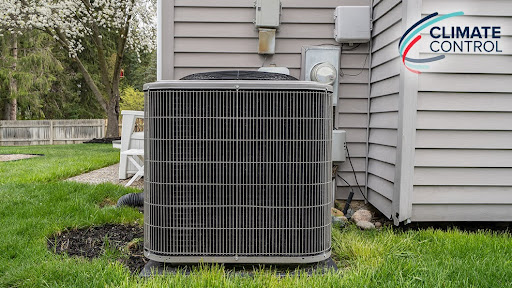The Romans have been warming their feet with radiant systems since as early as A.D. 60, but the trend is just now beginning to take off here in western Colorado. If you’ve been thinking about joining the ranks of those who are taking advantage of this amazing technology, you may be wondering if you have the right flooring for your radiant system. Here, we’ll discuss your options for flooring to use with radiant heat.
Why does it matter?
Although most floor coverings can be applied over radiant heat, it still matters what flooring material you use for your radiant system. Each type of flooring material will have its own distinct R-value (thermal resistance). Because of this, your HVAC contractor will need to know what type of flooring they will be working with in order to provide you an optimum heating system.
What are my options?
Here’s a look at the most common household flooring types and how they work with radiant heat:
- Engineered and laminated wood – These floor coverings work well with radiant systems as they are typically thinner, and therefore more conductive, than traditional wood floors.
- Hardwood – When installed properly, hardwood floors can work successfully with radiant heat. The wood type, plank size and date of installation all will factor into planning your system.
- Laminate floors – Laminate floors are another option that’s able to conduct heat well. Check with the manufacturer before proceeding in order to determine how well the floor’s layers are bonded together.
- Vinyl – This material is excellent at conducting heat from radiant systems.
- Linoleum – Linoleum expands and contracts with temperature changes and can cause problems for larger rooms with high heat loss.
- Carpet – Typically, the more plush the carpet, the less thermally effective it is. Thin padding will help maximize heat transfer.
- Tile and stone – Because these materials are thin, dense and conductive, they are perfectly suited to working with radiant heat.






